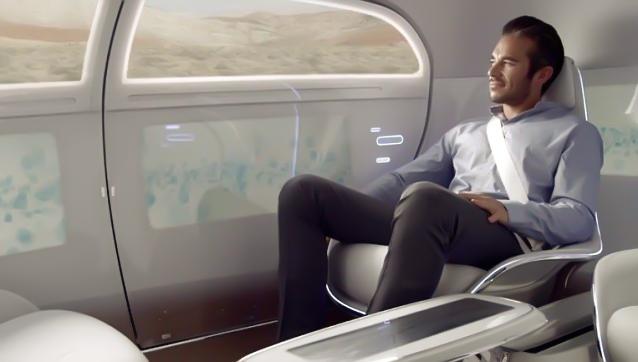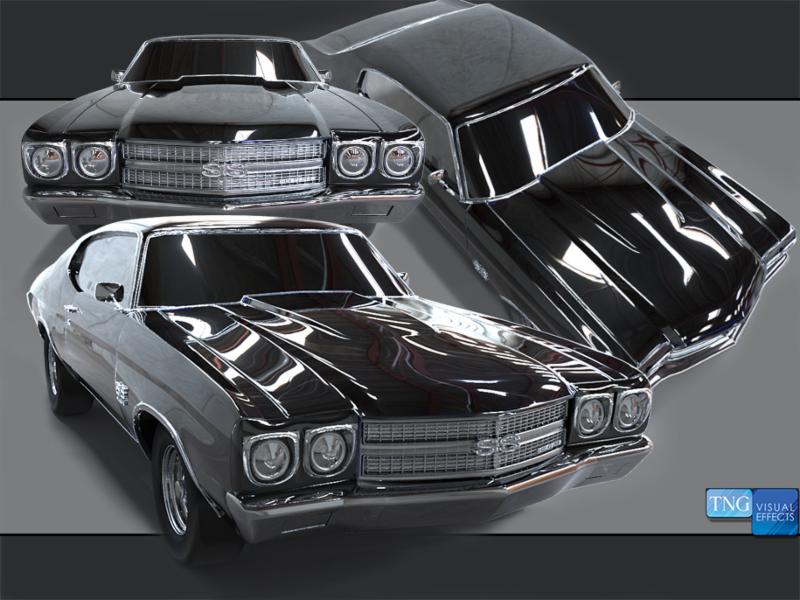|
We're mobile!
Happy Holidays from TNG
Our services are 100% guaranteed!
|
|
Photogrammetry available in Vancouver location.
is a 3D scanning company in the entertainment industry that specializes in the creation of photo-realistic digital assets. Many characters, vehicles, cars, sets, props,
animals, sculptures, and other items have been added to our scope of work since inception in 2009.
Our team knows how to work with producers, directors, coordinators, A-list talent, and other agencies, making the most of their precious time and ensuring a successful project. TNG's work is always guaranteed. We are also highly noted for our ability to travel at a moments notice for a project. Exclusive use of highly mobile scanning systems allow for TNG to perform scans in practically any location.
|
|
Happy New Years to all and a wish for a fantastic 2016. We are pushing hard here to add more services and to up our service on several sides. There is always room for improvement and change to stay relevant
it the entertainment market.
At TNG, we are developing more techniques in relation to 3D scanning to give you better models. We are getting deeper into developing cars and products to expand our markets with our high-tech scanners, skilled modelers, and our mobility.
We are always researching new technology and software to keep the quality of our service at the highest level, and to accelerate our pipeline. We do our best to provide a great product to our customers.
We continue our search for partners who are synergistic to our service. Together we can help our customers save more while using better products.
|
5 ATTRIBUTES TO LOOK FOR IN A VENDOR
|
$$
They are quick to respond to your call, text, or email.
$$
They understand your needs and ask relevant questions.
$$
They do what they say they're going to do and in the time frame they commit to.
$$
They are more concerned about a win-win solution.
$$
There is a 100% guarantee for their service.
|
|
|
|
How CG Assets Turned 'Impossible' into 'Potential'
For 40 years the Apollo 11 spacecraft rested behind a plastic shield in the National Air and Space Museum in Washington, D.C. Recently it was digitally captured with the help of 3D scanning and was made more accessible to the entire world on a personal level through a digital tour.

In our times, we can digitally capture an environment, and with any given captured environment, you may create still screenshots, movies, 3D print replicas of any scale, or even rich virtual reality experiences. This is the power of 3D scanning, and why scanning actors for television or film is becoming just about essential these days.
There are many interesting ways to use captured 3D assets with intent to use in production. Visual effects can be applied to scenes with CG characters such as 3D particles interacting with their bodies (collision detection). 3D Cameras can be used to capture shots you wouldn't normally be able to with a real physical camera such as the Fight Club intro where the camera zooms through a waste basket at impossibly small sizes, or more recently the many scenes in
Marvel's Ant-Man where characters are
ant-sized. 3D cameras also allow for 'bullet time' captures, which is to say extremely slow motion (without having to use a camera that can capture high frame rates).

As far as particles affecting the CG character you can imagine fire or any type of explosion. The shape of a character can deform into the shape of another character, or the shape of any object. The 3D body scan can be used for its measurements to create outfits or costumes, even ones complicated like the machine-type gear of Tom Cruise's Edge of Tomorrow.


L
ayers are very important and help keep consistency with a CG character , and sells the realism.
In media such as the internet, video games, and even cell phones, we expect realistic representations of whatever we're looking at. It's no different than The Woman in the Red Dress from The Matrix. We want realism in all our media, and even if you're dealing with a low poly world, you can start with 3D scans which have the exact dimensions, so that there's no question of asking 'does this asset look real' - the asset would simply be true to our world, and only displayed at the resolution possible in the media it's contained
.
Movies and TV Shows with large and small budgets try to benefit from the technology of 3D Scanning. It's almost a landmark of modern visual effects. Cinematography of the past used what was available to them. Special effects were more practical at the time, but now that visual effects is upon us, we can insert this magic into media, and really bedazzle the viewers, by giving them something that looks real, and yet does not have the limits attached which are like strings on a character. Once a character is digital, the ceiling is gone - imagination and creativity take precedence, and masterpieces are crafted.
|
3D Scanning A World
NASA already uses virtual reality technology in astronaut training and simulations. Expected functionality includes the ability to walk on the actual planet Mars or to drive the Mars Rover prototype across several square miles of the actual terrain on Mars whilst pursuing research-oriented goals. It's been said that they are not looking for a Hollywood idea of Mars - but the actual surface like how we see Google Maps on the streets of our planet Earth.
 
We have played with some early Virtual Reality experiences. And for those who have yet to try it and are unsure of what to suspect, imagine a pair of sunglasses that when you place them on your face, instead of seeing the world around you a shade darker, you're viewing a TV monitor in front of each eye. So because you are wearing these 'glasses', you can turn around 180 degrees, and still be watching whatever's displayed on the lens. As you look upwards while wearing the glasses, your camera in Virtual Reality aims upwards. You can think of your head and eye position as the mouse look function. So if I'm in a virtual reality world which happens to be of my house and the room I'm in - in the front of me could be the front door, and when I look behind me I may see the back door.

Google Cardboard has recently released the ability to capture your environment on your cell phone via panorama (taking a series of photos which are connected that will be stitched together to create one large image). So you can capture say the inside of your house, and then when you're traveling, and are in a hotel, you could view this panorama through the Virtual Reality device, and see your own room exactly as you captured it at the time. In front of you is the front door, behind you the back door. You may have pets, personal belongings, and family or friends within the environment as well. As you can see this is powerful technology with unexplored potential. That feature also is able to capture audio. So instead of 2015's memorable 'Selfie' pics that people are taking everywhere, you could have an entire Virtual Reality environment with audio as well.
How do we take this a step farther into the future? Well the panorama is the pictures which make up the environment - so opposed to just pictures, we can capture spacial geometry to create a 3D environment - 3D scanning. When you have actual 3D geometry, you will be able to view objects and scenes more accurately. There is technology in the works of creating a tactile feel for touching virtual objects so that you have actual feedback. When we combine Virtual Reality with Augmented Reality with Panoramas with Audio with 3D Scanning - we will have one very immersive experience - and it's really not far off in terms of years until we have something more practical that more of the mainstream audience will jump on.
|
|
TECHNOLOGY ALLOWING US TO PEER INTO OUR PAST AND INTO OUR FUTURE
|
LIDAR and Prop 3D Scanning
A team of researchers in the field of Human Evolutionary Studies used 3D Scanning on fossil skulls of our ancestors and on modern human skulls, and ran a morphometric algorithm in order to determine what the missing fossil would look like. This is basically using blend shapes as we would on 3D characters doing facial expressions to morph from one expression to the next, and also like the simple talking from a 3D character's face via mouth phonemes such as A, E, I, O, U, etc. You may consider this inaccurate, but at least we'd have some plausible visual insight as to that which is yet to be discovered - and to know what we're looking for.

Self-driving cars are becoming more of a reality. California in particular has shown off legislation relating to it. How can a car tell if something is ahead of it without having a human driver with their eyes on the road? LIDAR 3D Scanning which is continuously sweeping a 360 degree radius - identifying objects and obstacles even as they appear in real-time. LIDAR actually stretches back in history as far as 1963. LIDAR tech uses ultraviolet, visible, or near infrared light to image objects (to map an environment). A narrow laser-beam can map physical features in very high resolutions. How we as a Visual Effects studio like to use LIDAR is to capture environments for film or TV sets. Having your environment in 3D allows for flexibility such as destroying it via 3D physics, or creating 3D cameras wherever you please entirely after the shoot (and when that location is no longer accessible for whatever reason). 3D characters or props can be inserted and accurately fit the scene. It makes matching plates much easier, therein speeding up the process and enriching the effect.

|
|